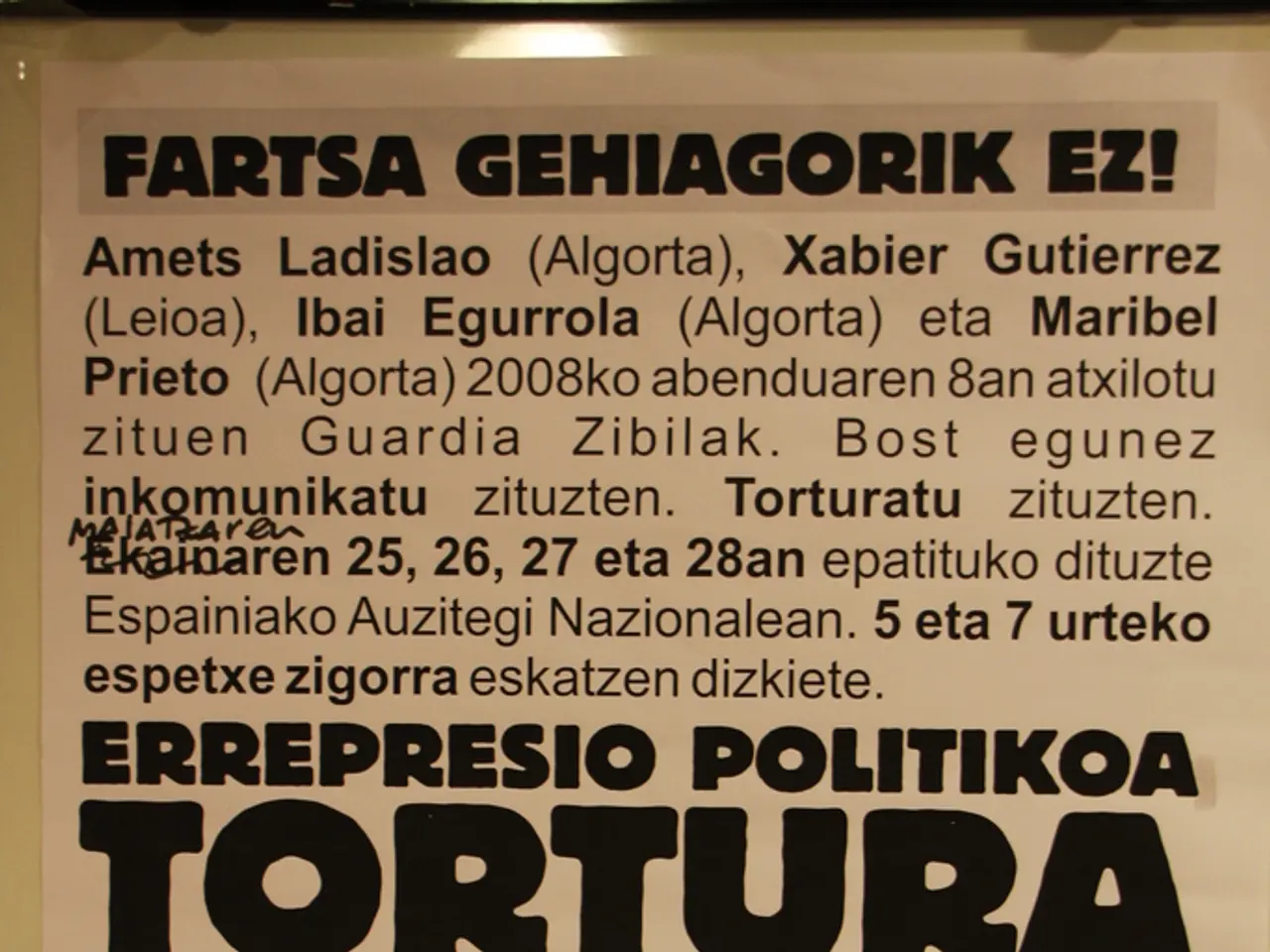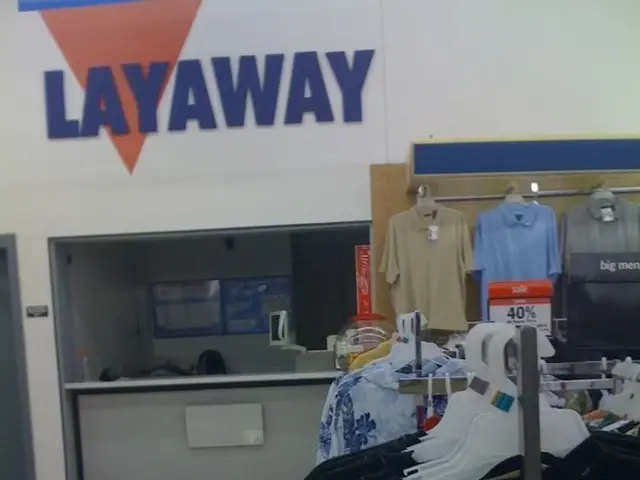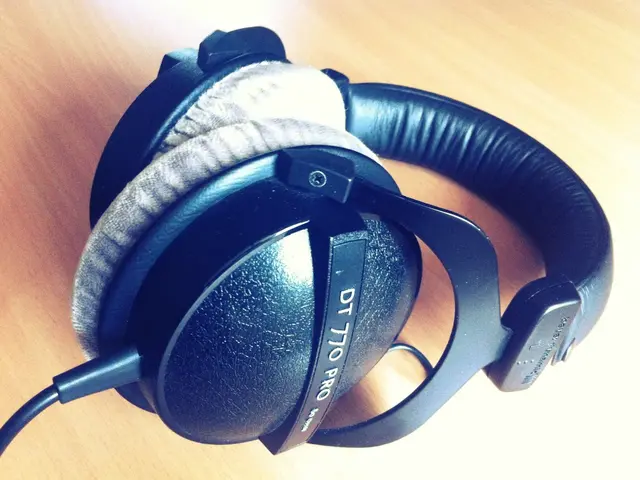Sylvamo's Q2 2025 Earnings Discussion Transcript
North American Uncoated Freesheet Industry Faces Challenges Amidst Tariff and Import Changes
The North American uncoated freesheet industry is experiencing a significant shift in 2025, with imports surging and domestic demand slightly decreasing.
Imports of uncoated freesheet paper into North America increased nearly 40% in the first half of 2025, primarily in converting and printing rolls. This surge in imports, driven partly by tariff and trade policy impacts, has raised their share to near 16% of total demand, the highest since 2000 and well above the 10-year average of 6.7%.
Demand for uncoated freesheet in North America declined by about 1% year-over-year in Q2 2025, with shipments falling by more than 5% year-over-year. This decline is believed to be down around 3-4% in 2025. Capacity reductions, such as the closure of the Georgetown mill (305k tons) at the end of 2024 and the planned closure of the Pixelle Chillicothe mill (approximately 400k tons) in August 2025, are expected to improve the supply-demand balance going forward.
Trade policies and tariffs introduced or ongoing in 2025 have caused uncertainty, promoting interest in domestically produced paper but also redirecting some trade flows. Some producers report pressure from importers entering other markets due to tariff barriers to the U.S., which has influenced import dynamics and competitive pricing elsewhere.
Management attributed lower than anticipated North American price realization to "sell their inventory at very low prices" by a competitor following an announced mill closure, compounding pricing pressures from increased imports.
Despite these challenges, the company expects to deliver third-quarter adjusted EBITDA of $145 million to $165 million. Free cash flow was negative $2 million in Q2 2025, but the company's balance sheet remains resilient, establishing financial flexibility for ongoing strategic investments and potential share repurchases.
In the conference call on Friday, Aug. 8, 2025 at 2:00 p.m. ET, management discussed plans to modernize its woodyard in partnership with Price Companies, aiming to avoid $75 million in capital expenditures over the next five years and further strengthen supply chain efficiency.
Looking ahead, capital spending is increasing in 2026 but then dropping back down to prior levels in 2027. The company also plans to invest $145 million in strategic projects at the Eastover mill from 2025 through 2027, with the anticipated projects generating incremental adjusted EBITDA exceeding $50 million annually upon completion.
Despite the ongoing challenges, the company remains focused on improving productivity, reliability, and leveraging cost initiatives. The business cases for major capital spending plans included the possibility of higher tariff costs, which are not expected to be material at this point.
In summary, the North American uncoated freesheet industry is experiencing a complex set of market and policy-driven dynamics in 2025. Despite increased imports and declining domestic demand, the company remains optimistic about its future, focusing on strategic investments and cost-saving initiatives.
References: 1. [1] "North American Uncoated Freesheet Market Outlook 2025." Market Research Report, 2025. 2. [2] "Tariff-driven Import Surges Affect North American Uncoated Freesheet Industry." The Tariff Times, 2025. 3. [3] "North American Uncoated Freesheet Market Faces Challenges in 2025." The Paper Times, 2025. 4. [4] "Company Announces Q2 2025 Results." Company Press Release, 2025. 5. [5] "Trade Policies and Tariffs Impact North American Uncoated Freesheet Industry." Trade Policy Insights, 2025.
- The surge in imports of uncoated freesheet paper has shifted the financial landscape for the North American business, affecting earnings and personal-finance outcomes for some players.
- The increase in imports, driven by tariff and trade policy impacts, has highlighted the importance of investing in technology and efficiency measures for domestic producers to stay competitive.
- Despite the challenges posed by the tariff and import changes, the company remains optimistic about its future, with plans to invest in strategic projects and capital expenditures to strengthen its business and expand earnings potential.
- As part of these strategic initiatives, the company will focus on cost-saving measures within its operations, as well as investing in areas like technology and productivity improvements to drive growth in the personal-finance sector.
- The ongoing dynamics of the North American uncoated freesheet industry, involving sports of interests like trade policies, tariffs, and competitive business practices, will continue to shape the way money is earned and invested in the future.




